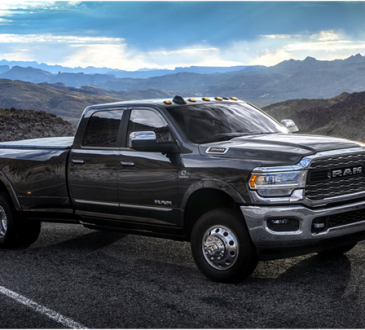The color of a car is more than just a question of taste; psychological variables, societal judgments, and personal emotions all have a significant impact. A car’s color may express certain meanings, represent a person’s individuality, and even affect the vehicle’s resale value. Knowing the psychology of automobile color preferences might help us understand why we are attracted to certain colors and how they affect our feelings and perception.
Car Colors and Psychological Associations
Different automobile colors elicit different connections and psychological reactions. For example, red is a common color for sports automobiles and performance vehicles since it is often connected to excitement, energy, and passion. Conversely, blue is usually used for business cars and sedans since color is associated with professionalism, tranquility, and trust. Silver and black are considered elegant and sophisticated, whereas white is seen to be straightforward and uncluttered. These psychological connotations are a major factor in why people are drawn to certain colors when choosing a car.
Cultural Affects on Preferences for Car Color
Color choices for cars are greatly influenced by cultural background. Certain colors may represent certain characteristics or ideals in various civilizations. For instance, white is often connected to innocence and fresh starts in many Western cultures, but it is also connected to melancholy and solemnity in several Eastern civilizations. Furthermore, over time, social conventions and cultural trends may cause preferences for different automobile colors. For example, during times of economic success, bold colors could become fashionable, while during recessions, subdued tones might become more popular. Comprehending these cultural factors may aid in the explanation of regional differences in the popularity of automotive colors.
Aspects of Personal Identity and Emotions
Selecting a car’s color may also be a way to communicate one’s individuality and feelings. Some people could choose hues that represent their goals or personality qualities. For instance, a person who values originality and uniqueness would go for a striking or unusual color, while a person who values practicality might go for more muted tones. A person going through a big life transition can choose a hue that represents a fresh start or personal development. Emotions and life phases can also have an impact on color preference. This is why choosing the Auto Repair in Houston, TX for any kind of car issues.
Influences and Trends in Car Color Selection
Car color trends are always changing due to cultural shifts, technological advancements, and fashion. In an effort to attract customers and stay current with trends, automakers often launch new paint jobs and finishes. Green and other hues linked to sustainability are becoming more and more fashionable as eco-consciousness grows. The use of pearlescent and matte surfaces in technology has led to a shift in consumer preferences for color. Keeping up with current trends may help people comprehend larger changes in the automobile sector and make more educated judgments on the color of their cars.




